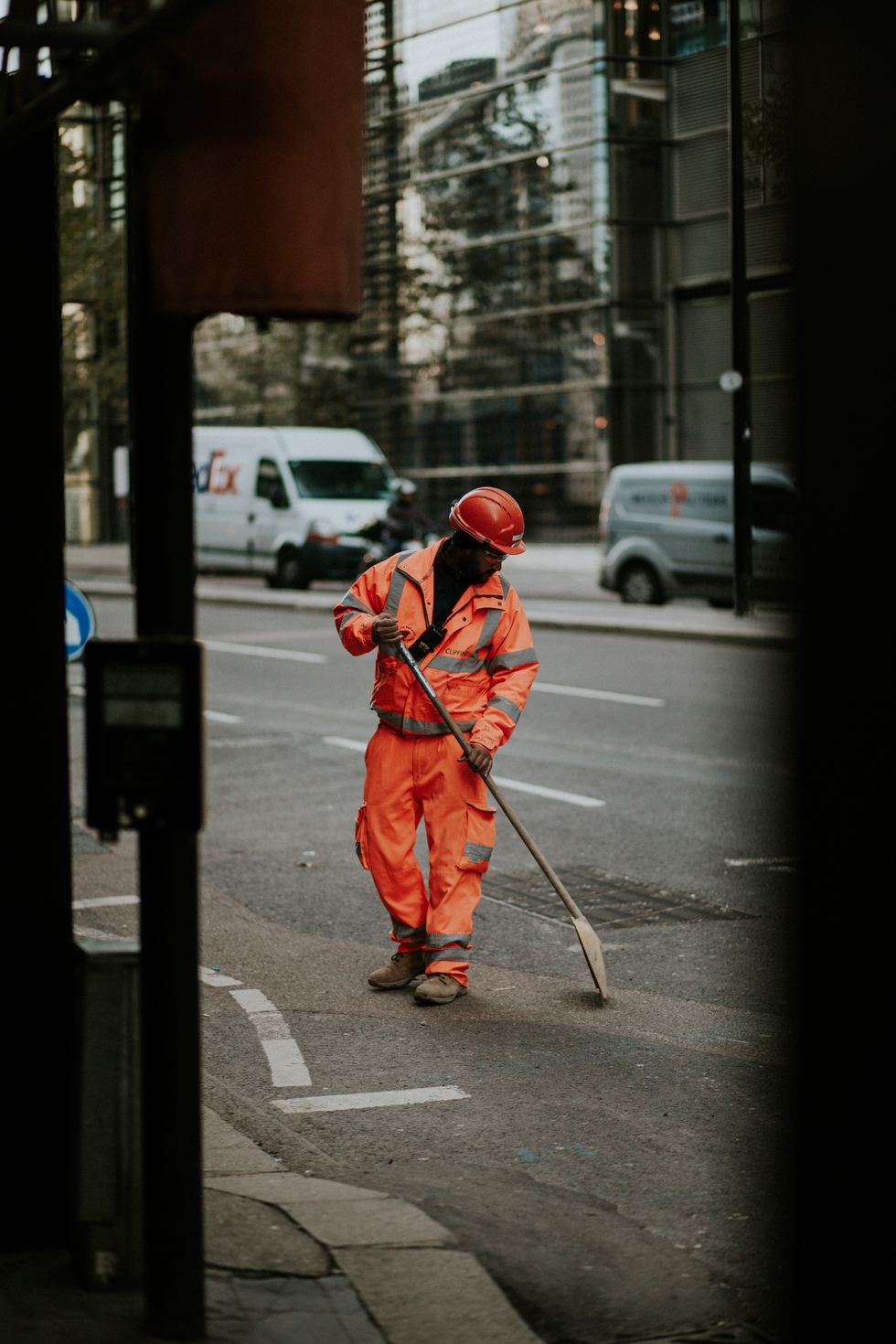


Posted July 10, 2019
In 1964, the British Railways experienced a new wave of innovation in their electrified train lines. Such innovation applied, not only to the BR’s engineering practices, but to sartorial choices assigned to track workers in the Scottish region — and these came in the form of bright orange jerkins, or “firefly” jackets, worn outdoors. The fluorescent quality of these jackets made it easy for train drivers to spot their colleagues on the railroad tracks, even from a kilometre’s distance.
It’s been more than fifty years since the adoption of high visibility clothing for occupational safety. Since then, this class of personal protective equipment (PPE) has undergone rigorous standardisation and extensive production. In today’s market, a wide range of high visibility safety workwear clothes is available to New Zealand’s skilled labour pool. Occupational wearers of high visibility clothing now include traffic enforcers, airport workers, construction workers, miners, fire-fighters, and the like. These ubiquitous orange, yellow, or bright green garments have gone a long way in helping skilled labourers safely fulfil their work duties.
Here’s a feature on how high visibility clothing is made, the rules and regulations that govern its manufacturing, and a list of applications — all to highlight the importance of this class of PPE.
Colour and Design Dynamics on High Visibility Clothing
High visibility clothing—often abbreviated as “high-vis” or “hi-vis” — is a type of clothing with highly reflective properties and made in colours that are easily discernible to the human eye. Hi-vis clothing serves as an easy point of reference for its wearer, and it is worn in work sites that are dark, crowded, highly mobile, or a combination of these.
The goal of an occupational wearer of hi-vis clothing is simple: he must be conspicuous, or easily command the attention of those in his environment. To this end, an effective garment of hi-vis clothing harnesses the physical features of shape, size, colour, brightness, and contrast to make the wearer noticeable by others. Even in circumstances where visual acuity (the ability to see things in sharp detail) diminishes, there is a greater chance that the occupational wearer will be seen.
Governing Rules for High Visibility Clothing in New Zealand
In Australia and New Zealand, clear standards are enforced for the colours, luminescent qualities, construction material, and even time of use for hi-vis clothing to be deemed safe. AS/NZS 1906.4:2010, a treatise on the materials to be incorporated for hi-vis clothing, sets the parameters for required fabric, level of fluorescence, and usage of reflective tape (or retro-reflective material).
The more recent AS/NZS 4602:1:2011, which regulates the use of hi-vis garments for high-risk applications, is even more thorough in its scope. This set of rules states a minimum area of high visibility material coverage, hi-vis clothing design, and separate stipulations on colour and material depending on the time of day the garment is used (whether it’s for day use only, dual day/night use, or night use only).
NZTA also developed their own workplace guidelines, which are commonly referred to as TTMC (Temporary Traffic Management Code) a code of practice for roadside workers.
Anyone who reads either of the standards on hi-vis clothing will conclude that no two garments are alike — and no singular clothing design, colour, or material can see blanket use from just any type of worker. The differences cited in these standards are meant to enhance the functions of the wearer. For example, a labourer who works in the daytime can wear orange or yellow hi-vis clothing spanning 0.2 square metres of material, while a night shift worker’s garments must be orange or yellow, contain 0.2 square metres worth of hi-vis fabric, and must include the additional fixture of reflective tape in a particular pattern and width.
Applications for Hi-Vis Clothing among New Zealand’s Skilled Labourers
Wearing high visibility clothing on the job yields four key benefits to the occupational wearer: added conspicuousness, lowered risk of being in the line of fire, higher chance of rescue during a work-related emergency, and heightened productivity.
A study headed by New Zealander and epidemiologist Susan Wells cited a 33% population risk of motorcycle riders to crashes on the road if they lacked conspicuousness. That means that up to a third of motorcycle accidents recorded during Wells’ study could have been prevented with the use of hi-vis clothing. The added conspicuousness matters if one’s work takes place on the road, where transport vehicles and large groups of people are in constant flux.
The same applies to an enclosed workplace setting such as a factory, a construction site, or a mining site. If your co-workers can easily discern your appearance with your hi-vis garments on, you have fewer chances of being hit by tools or equipment.
If you work in any of the environments stated above, you likely have a higher risk of getting into accidents than office-based professionals. In case the worst happens, your colleagues will be able to spot you from a distance and help you to safety.
Lastly, appropriate usage of hi-vis clothing can keep labourers productive and pare down instances of business disruption. As long as you are easily visible to the people you encounter every day, you can continue doing the work you love. Given that fact, you shouldn’t neglect your high visibility safety workwear, and you shouldn’t stray from others’ line of vision!